The VFW-Fokker 614 was a short-range jet airliner produced in West Germany intended to be a replacement for the Douglas DC-3. First flight took place on 14 July 1971.
Powered by two Rolls-Royce/SNECMA M45H medium bypass turbofans, the aircraft was unusual as the engines were placed above the wing. This was to avoid the complexity of rear mounted engines, as well as keeping them high to avoid foreign object damage.
VFW-Fokker 614 Video
Following on from the last video about the China Clipper, the Martin M-130 flying boat, this week we look at the VFW-Fokker 614. The video below runs for a minute and a half and shows the roll out plus a demonstration flight.
Designed for very short flights, it featured a range of 1,195 kilometres, a ceiling of 25,000 feet and a maximum speed of 704 km/h. When compared to a DC-3, it flew over twice as fast, yet had under half the range.
Only three airlines operated the jet. Denmark’s Cimber Air took first delivery in August 1975, eventually operating two examples, with Air Alsace and Touraine Air Transport of France taking three and eight respectively. From a military perspective, the West German Air Force also took three.
Above is the video of the last landing of a VFW 614. The entire programme was cancelled in 1977 due to low sales. Just 19 aircraft were ever built and all left commercial service by the start of the 1980s. After that, only the German military used the plane.
Overall Thoughts
The final flight of the VFW-Fokker 614 took place on 7 December 2012 when one was retired to the Deutsches Museum. Thus ended an interesting footnote in the annals of aviation.
Have you ever flown on board a VFW-Fokker 614? Did you like the videos? Thank you for reading and if you have any comments or questions, please leave them below.
Enjoying the series? Check out the index to all the “Does Anyone Remember…” articles.
To never miss a post, follow me on Facebook, Twitter and Instagram.
All my flight and lounge reviews are indexed here so check them out.
Featured image by Christian Volpati via Wikimedia Commons.

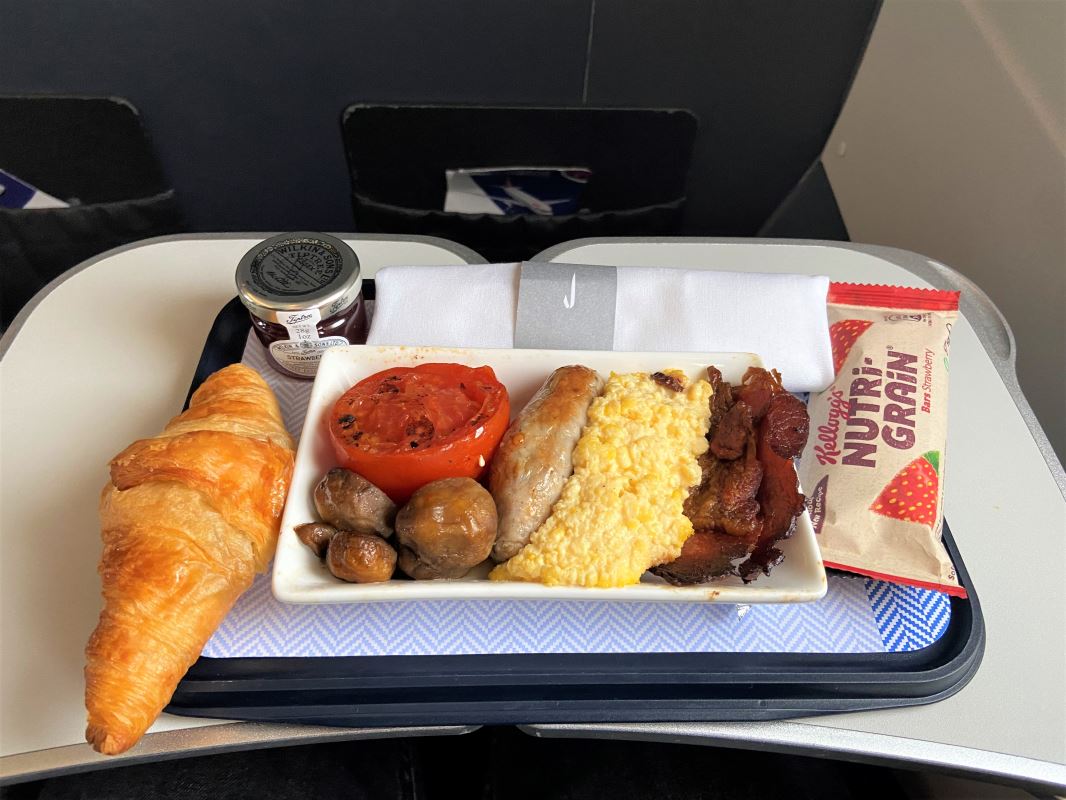


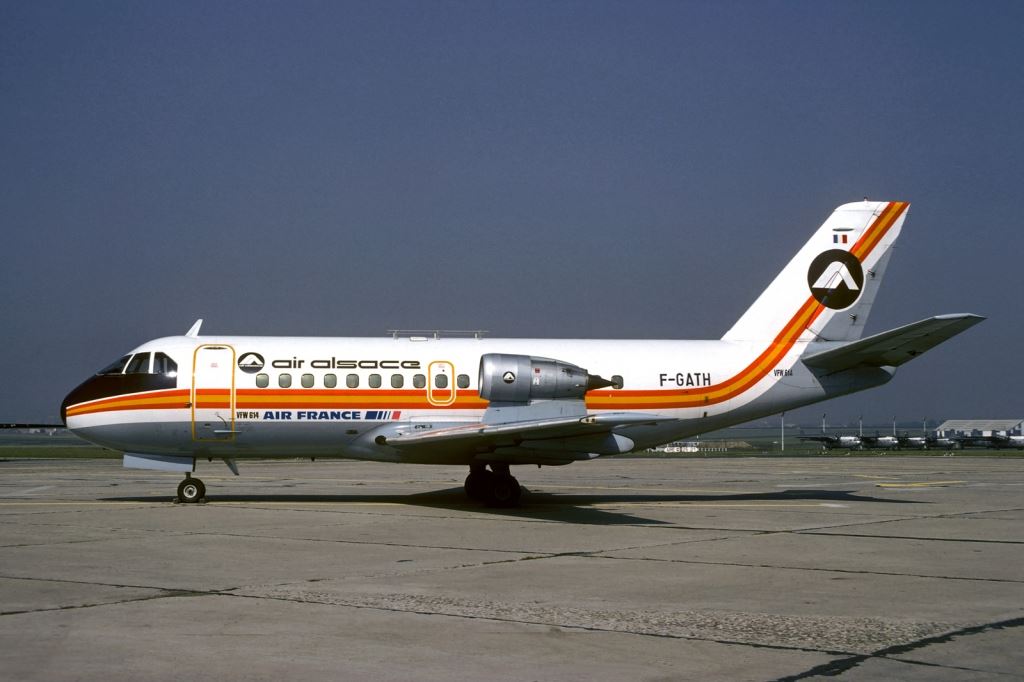



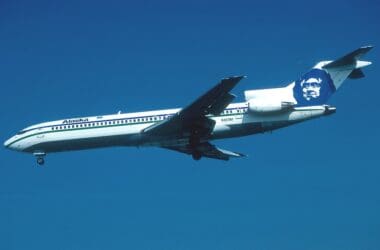

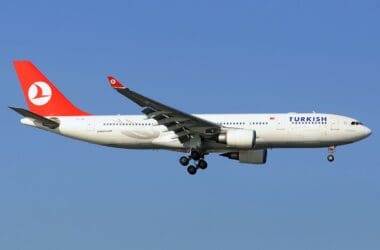
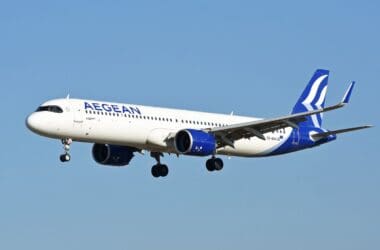
Such a cool little plane and way ahead of it’s time. Could have been the first true Western built RJ but times were so different. Seems like it would have been a neat little plane for the US Local Service Carriers and smaller Canadian carriers. The short range of the plane may have hurt prospective North American sales, and the Locals in the US were looking to up-gauge at the time plus they all had turboprops covering the same capacity range. Was maintenance on the engines more difficult due to their placement? They seem low enough to the ground that wouldn’t be much of a factor but such a unique placement may have scared off a few potential customer. What could have been though.
Yes, I think the engines were harder to maintain, according to what I’ve read. It was an interesting concept all round. Seems there was also some tension between the West German and Dutch teams which also might have affected things, A shame when you think of all the effort to design and get it into production. Thanks for the comment!